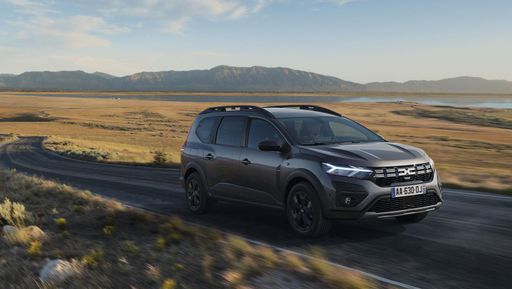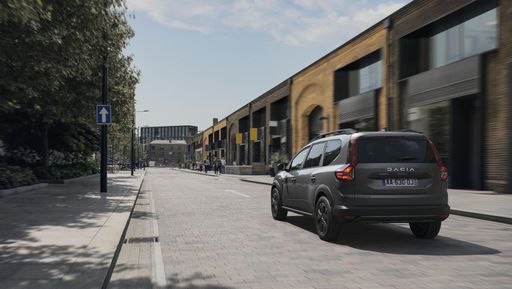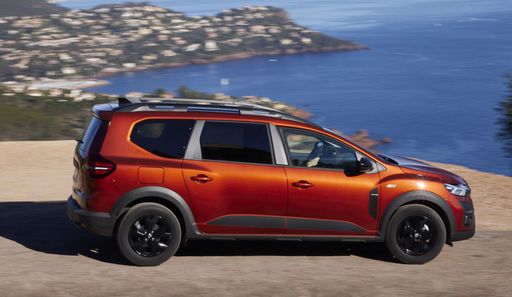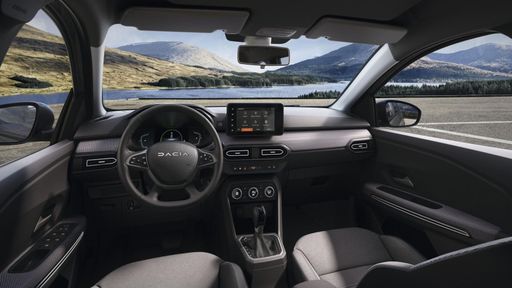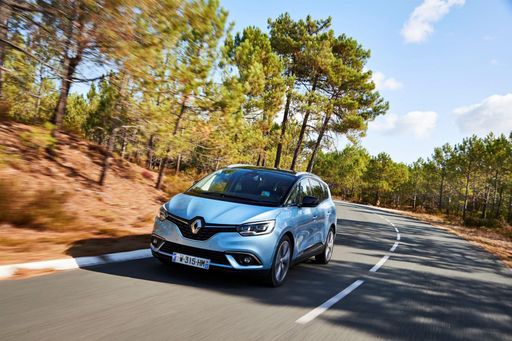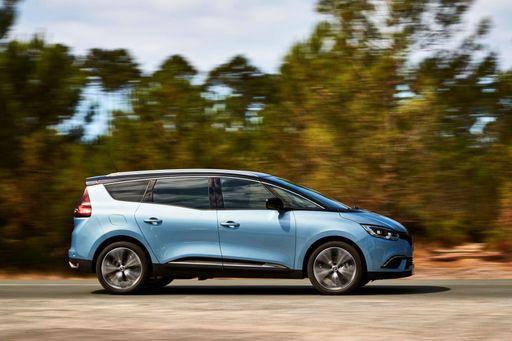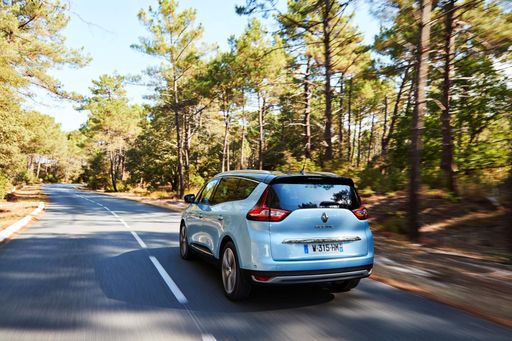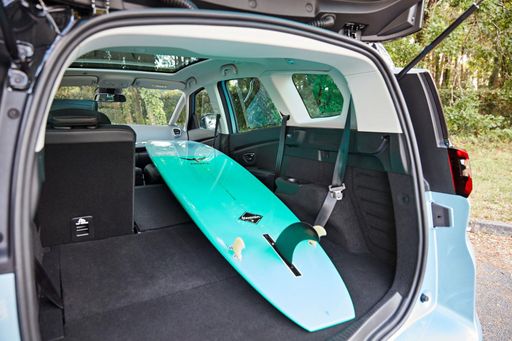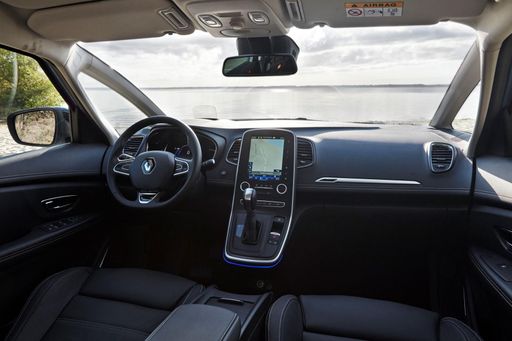Introduction: A Clash of Versatility and Innovation
The automotive sphere is ever-evolving, with manufacturers striving to strike the perfect balance between practicality and cutting-edge technology. In the realm of family vehicles, the Dacia Jogger and the Renault Scénic emerge as strong contenders. The Jogger, an MPV designed for flexibility, faces off against the stylish and innovative SUV Scénic. Let’s dive into their technical specifications and innovations to see which vehicle wins this head-to-head comparison.

